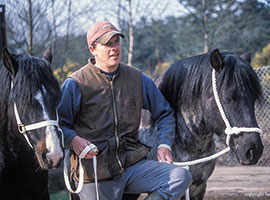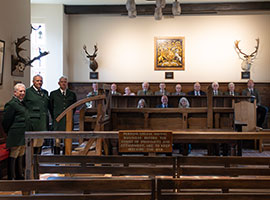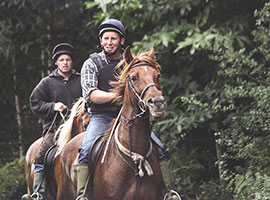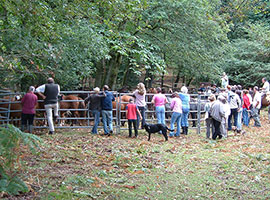Resources
FAQ’s – Court Minutes – Annual Accounts – Regulations of the Court & Other Resource Documents relating to the History and Management of The New Forest.
The links below provide information on the management and history of the Forest and its importance in ecological, environmental and agricultural terms.
Regulations of The Verderers of the New Forest Relating to the Courts of Swainmote for the Dispatch of Administrative and Judical Business as Provided for in Section 24 of The New Forest Act 1877 as amended.

Commoning in the New Forest refers to the traditional practice where local people, known as “commoners,” have the legal right to use the land for specific purposes, such as grazing their livestock or collecting resources. This centuries-old system is central to the cultural and ecological fabric of the New Forest.

The Verderers of the New Forest are an ancient and unique governing body responsible for protecting and managing the traditional rights, landscape, and ecology of the New Forest in southern England. They play a central role in overseeing commoning practices

An Agister in the New Forest is an official responsible for managing the welfare of livestock grazing on the open forest. They play a key role in supporting the traditional practice of commoning and ensuring the well-being of the animals that roam freely within the forest boundaries.

The Verderers publish regular announcements that include, protecting communing rights, managing livestock, conservation and environmental issues, resolving disputes, education and monitoring developments with the New Forest.